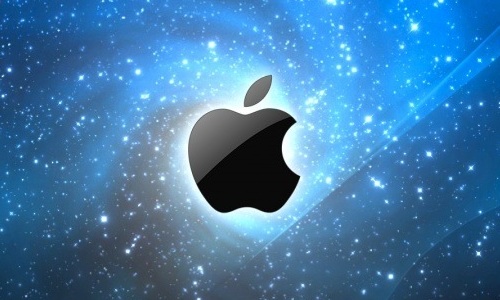A couple months ago, the lead designer of Apple, Jony Ive, did a rare interview where he talked about why Apple does things the way they do.
Apple doesn’t behave the way they do to increase market share, raise the stock price, make the company bigger, or boost profits.
No, the reason Apple does things they way they do is for one simple reason:
To make a better product.
Jony says that if Apple can’t make something that’s better, they won’t do it.
This remarkable simplicity is a big reason why Apple is so successful. They have this “noble cause”* which allows them to say “NO” to the millions of pathways that don’t end up at a “better product.”
The truth is, unless we can say “NO” to the majority of good things, we’ll never find the great things.
Your noble cause doesn’t have to be “making a better product,” but you do need one. Try these questions on to figure it out:
- What’s the big problem your group is trying to solve?
- How will you somehow make the world better?
- If your organization were to disappear tomorrow, what hole would be left?
More than ever before, leaders and leadership teams must focus on prioritizing and making decisions — saying “NO” to the good in order to say “YES” to the great. If you want this for your group, a relentless focus on WHY you do what you do is unavoidable.
//
*For more on the idea of a noble cause read Tribal Leadership.
//



